#prehistory
Explore tagged Tumblr posts
Text






The Iron Age Kitchen, The Scottish Crannog Centre, Loch Tay, Scotland
#ice age#stone age#bronze age#iron age#prehistoric#neolithic#prehistory#mesolithic#paleolithic#archaeology#cookery#food#nuts#berries#oils#fruit#grains#hearth#ancient crafts#ancient cultures#ancient living#crannog#Scotland
579 notes
·
View notes
Text
YES LITERALLY!!
Since ancient times, women have always been the backbone of civilization. Women have historically been masters of agriculture, not to mention fabrics, both of which are necessary for a community to thrive. Both of which require a deep connection to the land, a mind for sustainability and design, and an implicit understanding of math and physics (maybe not as we know them today).
Due to these important responsibilities, not to mention physically being able to bring forth more people into the community, it's clear that women have always been the more *important* sex, too valuable to lose.
I recommend reading through this Wikipedia article and following the sources for more information. You'll find that the division of labor roles is not so clear cut. Additionally, based on muscle fiber physiology, we know that men's muscles tend to be better designed for short-term bursts of power, but women's are better for endurance. This means that persistence hunting would have been easier for women than for men.
You read a feminist history book or a book on the genetic superiority of women and you quickly realise that females are the superior sex. In every metric except brute strength. The history we've been taught is a lie. Our evolutionary history. They want us to believe we're inferior. That we were submissively, boobily, sitting in caves waiting for the big alpha hunter man to come home with a kill with all his manly testosterone. The culturally INGRAINED misogyny and misinformation is SICKENING LMFAO. READ BOOKS! PLEASE PLEASE READDDDDD.
165 notes
·
View notes
Text
Has Tumblr met Buddo yet?


A little friend-shaped friend made of whale bone, from back in woolly mammoth times.
461 notes
·
View notes
Text
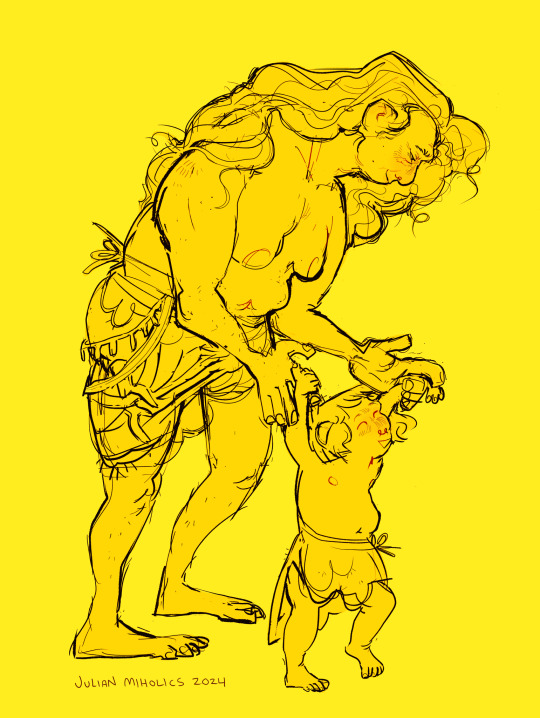


Wishing much love, kindness, and a happy Gregorian New Year to all as we go into 2025 along with some more slice of life Neanderthal art! 💛💛💛 :-)
#oc#neanderthal#prehistory#paleoanthropology#paleoart#artists on tumblr#illustration#digital art#gonna get through dms and emails n fully back to work soon!
6K notes
·
View notes
Text

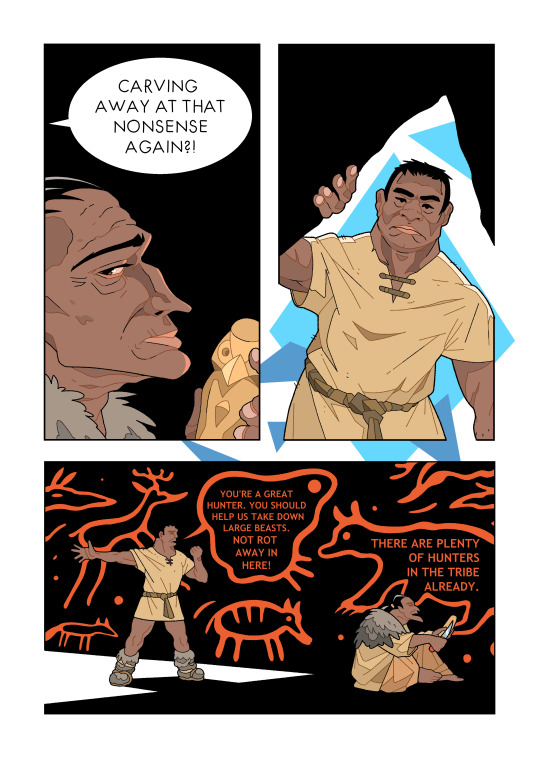


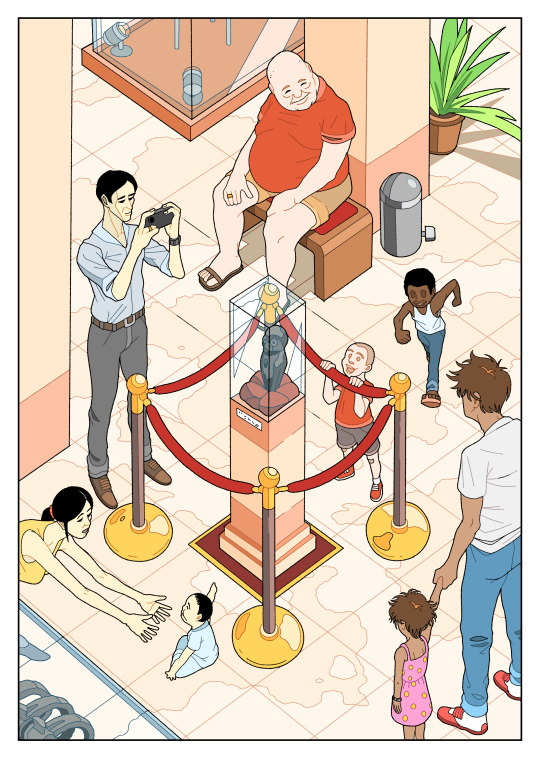
Too Early
I wonder if our ancestors ever had artistic doubts...
6K notes
·
View notes
Text
The most common mistake people make when thinking about prehistory and how to avoid it.
In "The Dawn of Everything, A New History for Humanity" David Graeber gives what I think might be the best piece of advice I've ever heard for understanding deep human history, and that is to get your mind out of the Garden of Eden.
People speculating about prehistory before modern archeology were quick to frame early humanity as existing in a "state of nature", either with pure innocent tribal communism, or being brutish barbarous cavemen, then something happened to bring us from the state of nature into "society". Did we make a Faustian bargain by domesticating plants and animals? Why is evidence of intergroup violence in prehistory so rare? How did we fall from the innocent state of nature? This, of course, smacks of the biblical creation story, so even if people don't believe it literally, they seem to have a hard time letting go of it spiritually even in a secular context.
This is pretty much nonsense, of course. Humans have existed for over 2 million years. Anatomically modern humans have existed for at least 300 thousand years. Behaviourally modern humans (with symbolism, art, long distance trade, political awareness) have existed for at least 50 thousand years, from our best evidence, but possibly a lot longer. The time between the Sumerians inventing writing and urban living 5,000 years ago and now is only a narrow slice of human history.
If we want to understand human history properly, we shouldn't understand people of the past as fundamentally different from us. They were intelligent, politically aware people doing their best in the world they found themselves in, just like we are today. We didn't fall from innocence with the development of behavioral modernity, religion, farming, war, money, capitalism, computers, or anything else. The world has changed a lot, but people have been experimenting with different ways to live for as long as there have been people, like this example I've posted before about disabled people's role in late pleistocene Eurasian society.
People have been the same as we are now for at least the last 50 thousand years. We have lived in countless different ways and will continue to experiment. There was no fall, and we don't live at the end of history.
8K notes
·
View notes
Text

field reporter
20K notes
·
View notes
Video
tumblr
Prehistoric Planet finally gives us the True Rival to the Tyrant Lizard King and it's NOT a Dinosaur.
#prehistoric planet#prehistoric planet 2#t-rex#tyrannosaurus rex#quetzalcoatlus#quetzalcoatl#prehistoric planet season 2#prehistoric#prehistory#feathered dinosaurs#dinosaurs#t rex#tyrannosaurus#pterosaur#pterosaurs#walking with dinosaurs#wwd#jurassic park#jurassic world#jurassic world dominion#azdarchid#Alamosaurus#nature#animals
14K notes
·
View notes
Text
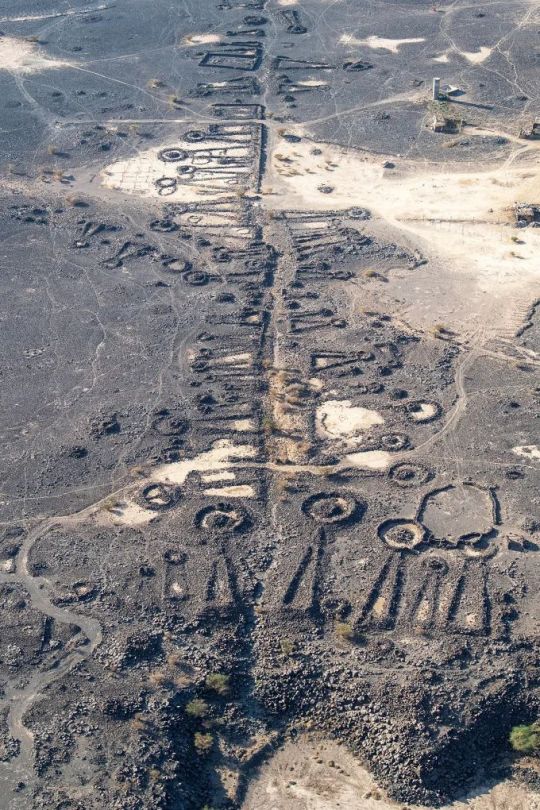
A 4,500-year-old highway network, lined with well-preserved ancient tombs, in Saudi Arabia .
1K notes
·
View notes
Text
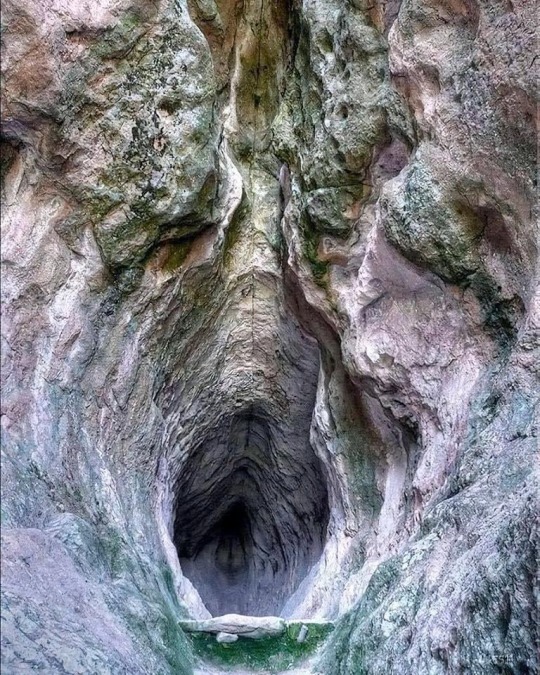
The Utroba Cave, in Bulgaria, is a natural horizontal fissure in a rock that has been further cut and shaped by human hands more than 3000 years ago to resemble a womb. At midday, light seeps into the cave through an opening in the ceiling, projecting an image of a phallus on to the floor
More: https://thetravelbible.com/top-artifacts-from-the-stone-age/
3K notes
·
View notes
Text
Just a reminder that while prehistoric fish are cool, there are plenty of neat babies still around!





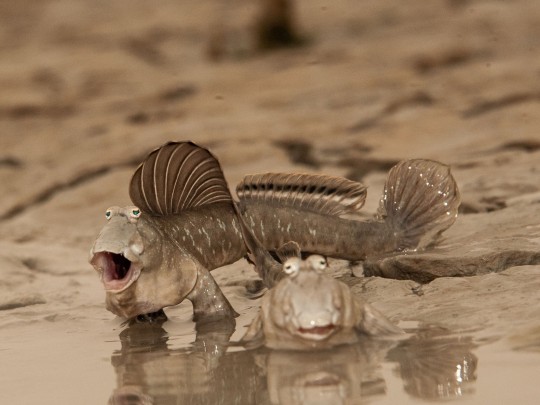
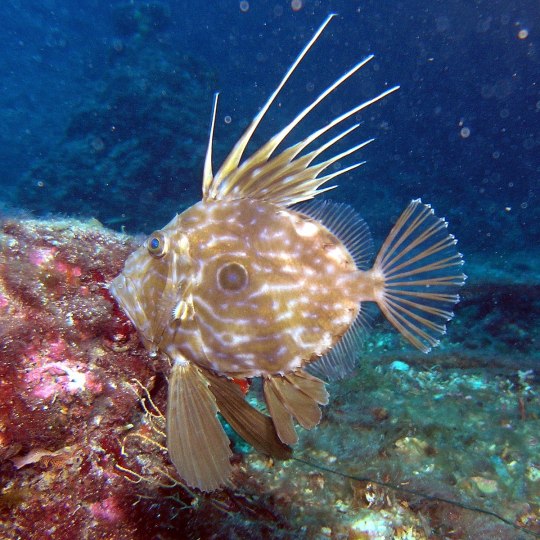
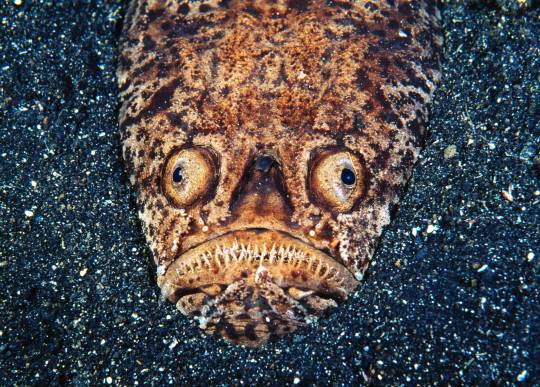


5K notes
·
View notes
Text
I Love Prehistoric Ecosystems So Much
yeah individual taxa are cool and everything but no species is an island. What did it live with? What did it eat, what ate it? Did it have "friends" (term used loosely)? What was the environment like, where did they get water, what was the climate?
Tell me the whole story
Tell me how they lived
6K notes
·
View notes
Text


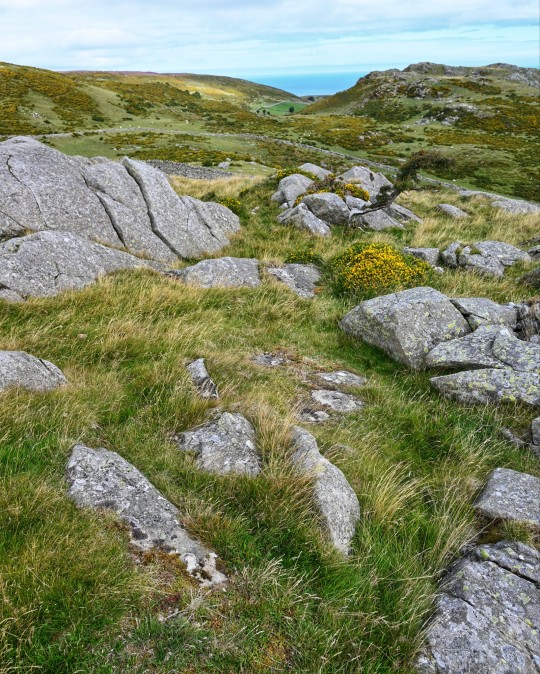
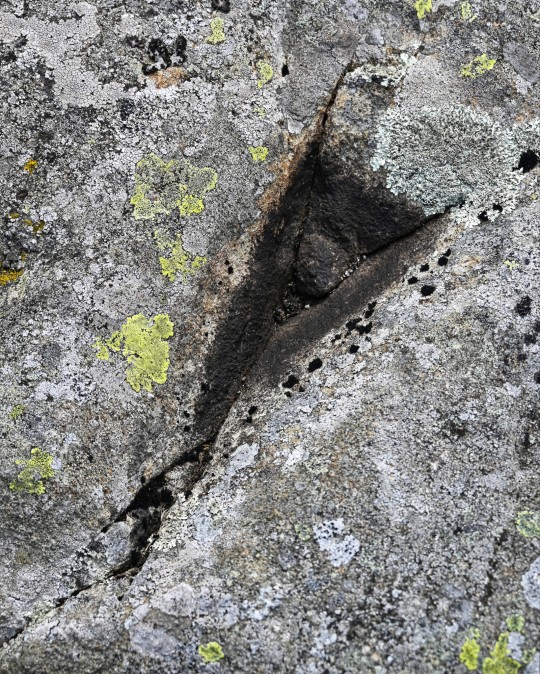
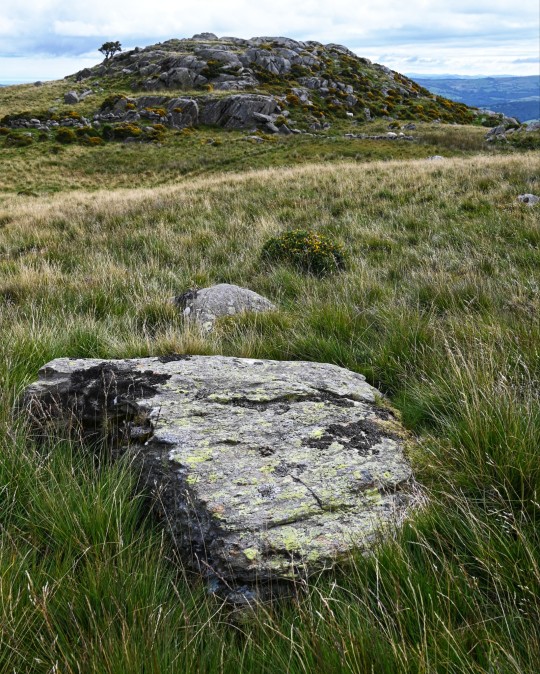
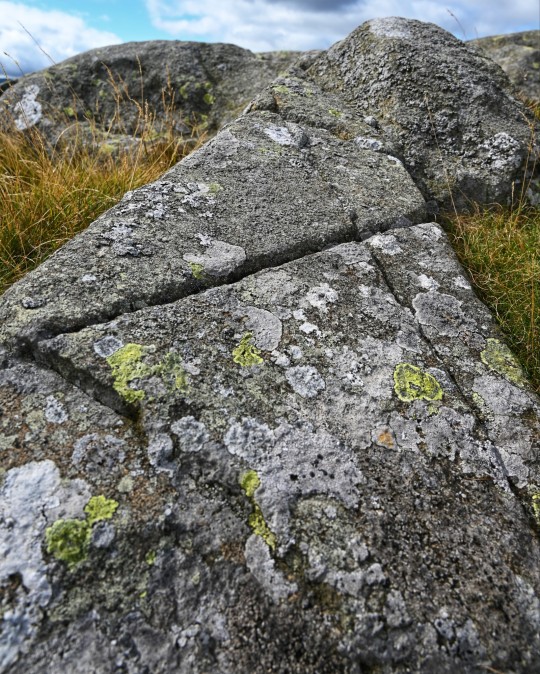

Craig Celynin Ancient Landscape, nr. Rowen, Conwy Valley, Wales
#ice age#stone age#bronze age#copper age#iron age#neolithic#mesolithic#calcholithic#paleolithic#prehistoric#prehistory#landscape#wales#archaeology#geology
4K notes
·
View notes
Text

Illustration of an ichthyosaur encountering a plesiosaur, from Figuier's La Terre Avant le Déluge (1865).
This image by Édouard Riou was impressive enough that it inspired the battle between the ichthyosaur and the plesiosaur in Jules Verne's Voyage Au Centre de la Terre (Journey to the Center of the Earth) (1867).
Better still, Édouard Riou did the art for that book.
And best of all, he drew the battle twice, once for the frontispiece and once for the actual part in the book.
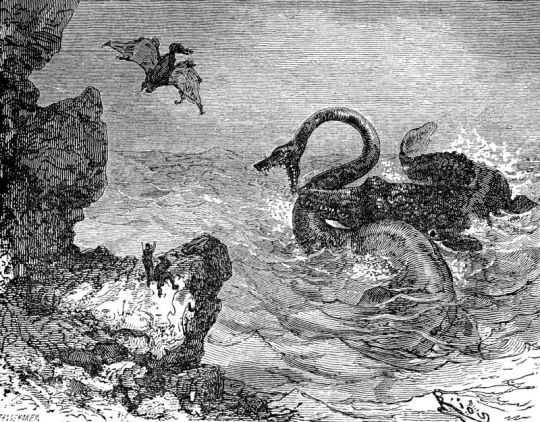

They don't really do much in the book besides pop out of the water, startle our protagonists, and rip each other to shreds, but it's one of JTTCOTE's most iconic moments. Wouldn't you want to witness a battle to the death between antediluvian marine titans on a vast sea in the center of the earth?
420 notes
·
View notes
Text

Quartz crystal clovis point found in the Ouachita Mountains, Arkansas, 14,000 - 10,000 years old
from The University of Arkansas
748 notes
·
View notes
Text


Nordiskt Amatörarkeologiskt Utgrävningsläger 2024 Åland, Geta
Excavation of a stone-age dwelling site
#neolithic#archaeology#stone age#idols#idol#prehistory#prehistoric figurine#european prehistory#anthropomorphic figurine#artefact#finland#archeology#my upl#i like this sharp nose
532 notes
·
View notes